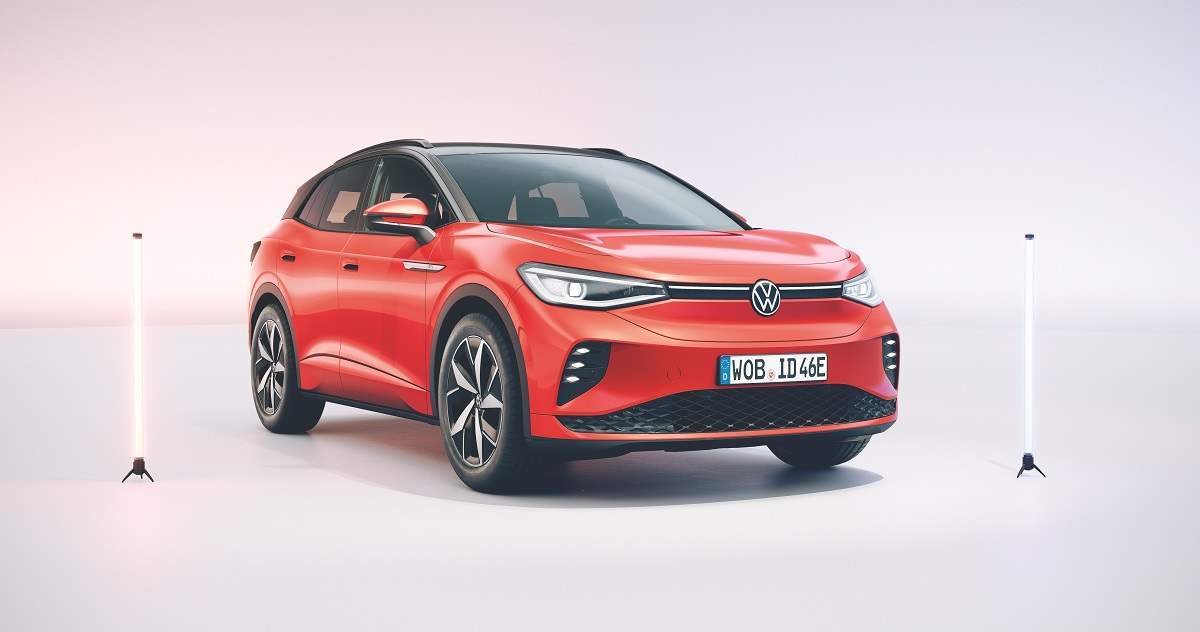Batteries tech can change the way we use different devices, from electrical tools, toys, and laptops to medical devices and spacecraft, and electric cars.
اضافة اعلان
But this situation may change in the coming years, and when it spreads, it may wean us from the fossil fuels that destroyed our world.
A bit of science ed: Batteries, by definition, are devices capable of storing chemical energy and converting it into electrical energy through a discharge. Batteries consist of four main parts: the cathode, connected to the positive terminal, the anode, connected to the negative terminal, a substance containing free ions that form a medium that conducts electricity (electrolyte), and the separator or insulator.
The cathode and the anode are the electrodes, and for an electric current to occur, the electrons must move from one electrode to another. In this case, the electrons are passed from the negative electrode to the positive electrode. The flow of electrons and the separator keeps the electrodes away and prevents any electrical contact or problems that may occur in the circuit.
There is one important difference between liquid-state batteries, such as the lithium batteries (which we use in most of our devices and EVs), and solid-state batteries, which are being intensively developed. The difference is the substance that contains free ions and constitutes an electrically conducting medium.
Liquid batteries contain a liquid electrolyte and allow some compounds in the liquid electrolyte to grow crystals known as dendrites. Overcharging can lead to crystals accumulating on the anode and contacting the cathode, which consequently leads to dangerous explosions. This is unlike the case of solid-state batteries, which include a solid-type electrolyte that prevents the growth of these harmful dendrites. The solid battery has higher energy density, lower fire and explosion hazards, takes up less space, and can operate in different temperatures without any problem.
Most car companies are seeking to switch to electric cars, and EVs are the biggest beneficiary of the development of solid battery technology. The battery is considered the weak point of electric cars because it makes its operational range short compared to traditional cars. The average range of an electric car is 402 to 483km, and it takes 1 to 17 hours to fully charge an EV, depending on whether it is being charged at a station or through an outlet at home.
However, the popularity of electric cars is expected to continue to grow and eventually dominate the segment. But to dominate the market, electric cars need to extend their range to at least 724 km and remain affordable.
 VW ID4 EV, Volkswagen is a major investor in solid state (Photo: Handout from Volkswagen)
VW ID4 EV, Volkswagen is a major investor in solid state (Photo: Handout from Volkswagen)
That’s why car makers like Volkswagen, Ford, BMW, Hyundai, Toyota, and even Microsoft founder, Bill Gates, have invested billions of dollars in research to develop solid battery. The Bill Gates-backed company, Quantum Scape, manufactures solid batteries with ceramic layers capable of operating at different temperatures, while Toyota intends to launch a limited number of cars equipped with solid batteries by 2025.
In addition, the Nobel Prize-winning physicist and inventor of the lithium battery and memory used in computers, John Goodenough, filed a patent for a solid glass-ceramic battery that is stable, nonflammable, provides faster charging, and can store three times more energy than the average lithium-ion battery. This is done by adding sodium or lithium to form an electrode in the battery.
This is an affordable option and can last over 2,000 charge and discharge cycles, operating in a temperature range between -20°C and 60°C.
Samsung’s solid battery can be charged and discharged more than 1,000 times with a range of 805 km per charge. This battery has a life of 804,672km and ability to work efficiently in extreme temperatures.
Major companies are cooperating in the field of research and development so that the solid-state battery is within our reach, and we may see it in several years from now.
Read more Drive



